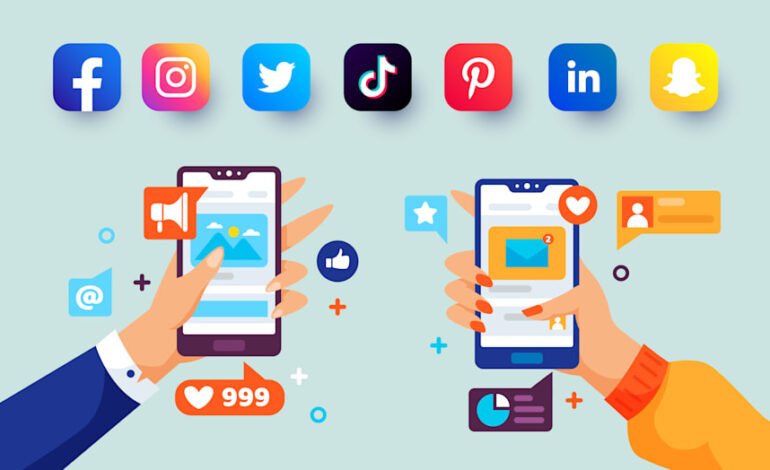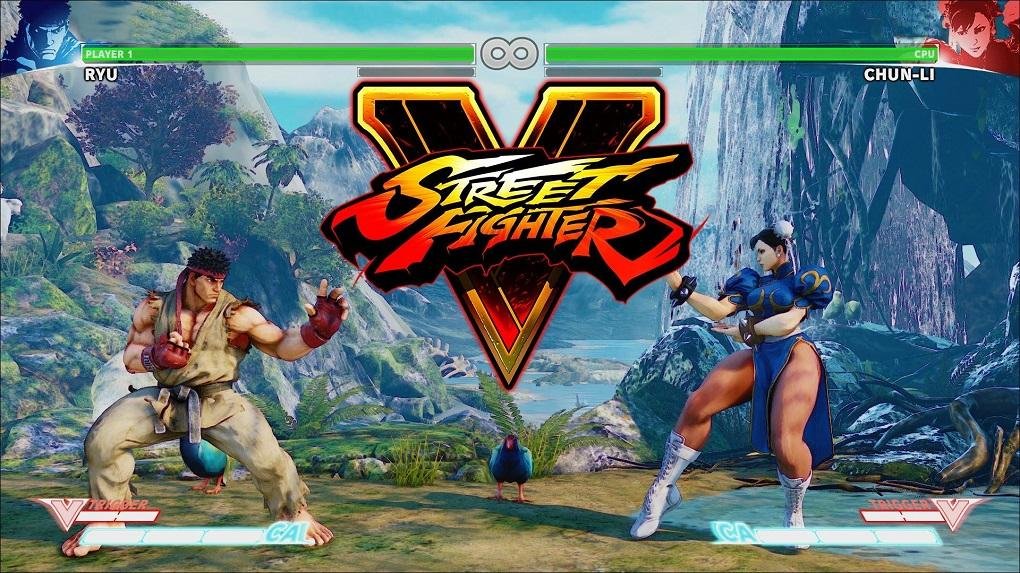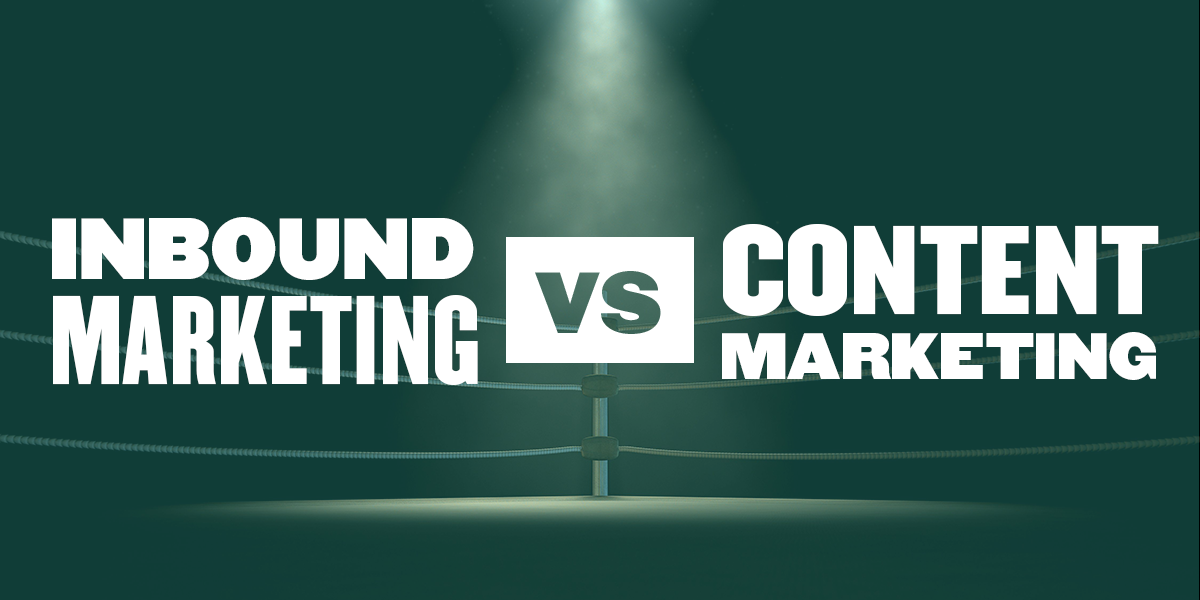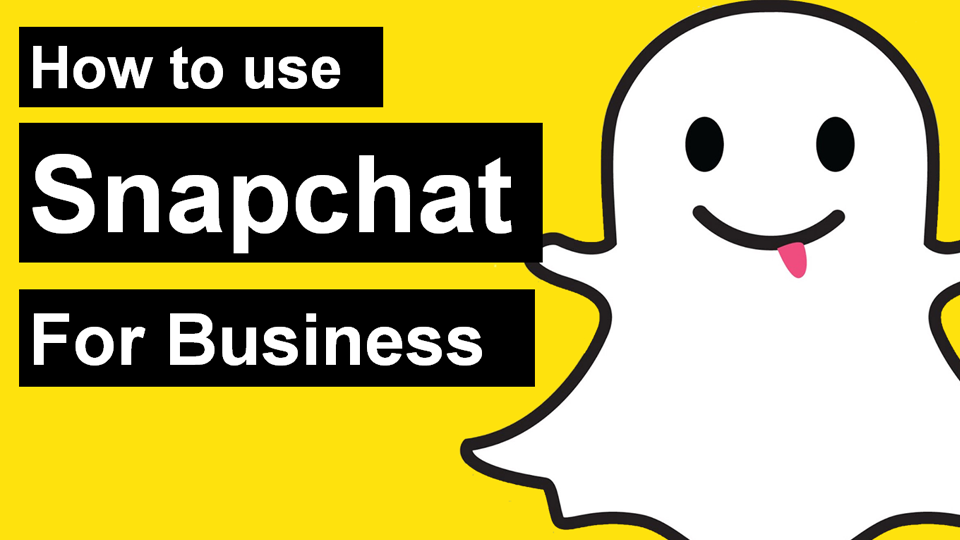Content Marketing vs. Native Advertising: Differences and Similarities

When you read the expression “native advertising. Do you automatically think of content marketing? And the other way around? There are still many who make a mess with these two concepts, but to be successful as a digital marketer, it is essential to have things very clear. For this reason, today I want to tell you about the differences and similarities between content marketing and native advertising.
Introduction: Why is it important to distinguish between content marketing and native advertising?
The world of digital marketing is constantly changing and evolving. To not miss the boat, you have to be up to date and bet on continuous training: blogs, ebooks, courses, conferences… sometimes I have the feeling that we spend as much time learning new things as putting them into practice!
To understand each other, digital marketers need to speak the same language and sometimes this is not easy, since it seems that new concepts emerge every week. In recent years I have heard about customer media, branded content, custom publishing, custom content, native content… in short, a real mess.
The fact is that if we do not use common terms, it is much more difficult for us to have clear ideas, and that makes it more difficult for us to know which tools are the most appropriate at any given time. So in the end, being clear about the terms will help you achieve better results.
What is Content Marketing?
Content marketing is a marketing strategy that is based on creating and distributing valuable, relevant, and engaging content on an ongoing basis to reach our target audience. As with other types of marketing, our ultimate goal is to influence the consumer to increase our sales. We seek to build trust, credibility, and authority through a long-term relationship with the consumer. It has been so important in recent years that in the world of digital marketing, it is already a cliché to say that “content is king”.
To distribute this content, content marketing relies on owned media: the media or own channels that a brand has to communicate with its followers, that is, places of its own property where it shows its content. The classic example of owned media will be our website or blog, but we also have the brand’s channels on social networks and other sites; In this case, the profile or page will be our property, but we must adapt to the policies and way of operating of each platform.
Within these two fundamental characteristics (content creation and distribution mainly through owned media), content marketing is a kind of “umbrella” in which many formats fit… Here are just a few of the options:
- Written articles. In most cases, the basis of a content strategy is to create a blog that is regularly updated with articles. It seems easy… But the key is to create quality content week after week.
- Videos. Videos are more expensive to create than written posts, but the investment is worth it. Video is becoming increasingly popular among users, even in mobile formats.
- Ebooks. One of the most used resources to generate leads, encouraging users to download them in exchange for their email.
- Infographics. Another classic that never goes out of style, infographics are highly viral and shareable content.
- Podcasts. These “online radio” programs are a great way to sneak into the day-to-day life of your potential customers and gain their loyalty.
- Memes and GIFS. The best content is the one that users share for themselves, and in this,s memes and GIFS are pure gold.
- Courses and webinars. Do you think your company has something to teach? Feel free to share it!
What is Native Advertising?
Although we have already talked a lot about this topic in previous articles (if anyone wants to expand more, they can read the article entitled What is Native Advertising?) But equally, I’m going to refresh this term right here 🙂 …
Native advertising is one of the mediums advertisers can use to get their content in front of potential customers, but it has a couple of key differences from “classic” content marketing:
- Where content marketing is based on “owned” media, native advertising is based on paying for space in the media of others. In this sense, it is similar to other more conventional formats, but be careful: here we are not paying for a banner-type space, but for integrating our content on equal terms with the rest of the articles, videos, or other items published by the site. One of my favorite examples is an article about women in prison published by the New York Times to promote the series Orange is the New Black.
- In content marketing, we have to build our audience and attract them to our channels, a generally long and expensive process (although the publication itself is free, it is a large investment of time and resources). On the other hand, in native advertising, we pay to access the audience of a particular medium, site, or platform. This is a huge saving of time and resources, so you can see more immediate results. Logically, the best thing is that the followers of that site coincide with our target.
Of course, these two tools have a lot in common, and there are best practices that can be applied to both. So, whatever option you have chosen for your marketing plan, these are two points to take into account:
- Create content that is not only quality, but also says something to your audience. You can choose to solve a problem or need, to make them laugh out loud, to inspire tthem or to excite them, but keep in mind that to be remembered in the sea of information on social networks, what you cannot do is leave them indifferent.
- Integrate with the rest of the content that your target consumes. Whether it’s an article in your favorite media outlet or an image on your Twitter timeline, your content shouldn’t stand out “for the worse,” meaning it shouldn’t be perceived as conventional advertising. In the age of ad-blockers, the user has the power, so use all your creativity to create content that they want to consume.










